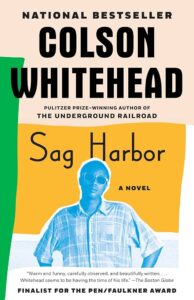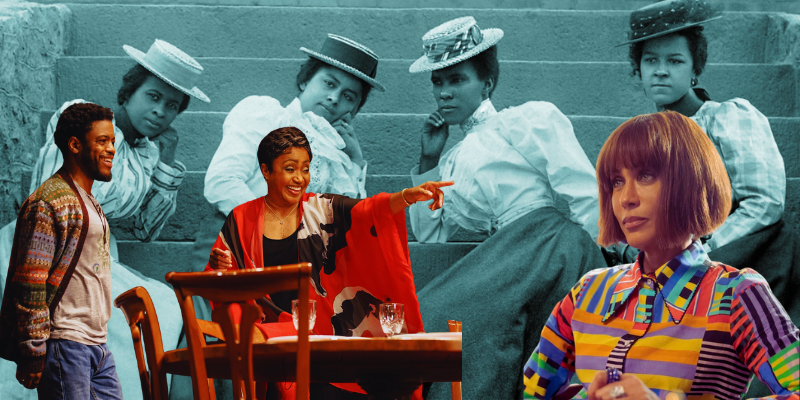
In a recent piece for Cultured, novelist Rob Franklin observed “a surge” in recent depictions of the Black bourgeoisie. This milieu, defined by a lifting as we climb ethos and certain cultural signifiers (Jack and Jill, Alpha Kappa Alpha, Oak Bluffs…), has been the recent subject of both a smash Broadway play and the Met Gala.
We’ve also seen the bourgie Black family on recent screens. Here they point and vex all over Spike Lee’s Highest 2 Lowest, and HBO’s And Just Like That... In the latter, the Wexleys, a well-heeled couple played by Nicole Ari Parker and Christopher Jackson, embody a flawless opulence. In their presentation—the buzzy art collection, work-aholicism, bespoke couture—Franklin notes “an ever-present push-pull between humility and extravagance, respectability and liberation.”
I’ll show my cards. This milieu has always fascinated me, because it represents a fair bit of my personal family. And as a subject and star witness, I think this cadre is worth close narrative inspection. There are things to satirize, trouble, and celebrate about the Black bourgeoisie. Here’s a novel starter pack, if you’re curious.

Rob Franklin, Great Black Hope
Franklin’s own debut novel, following a privileged Black youth experiencing a spectacular fall from grace, is partially set in the classy climes. Our protagonist Smith’s father is the one-time president of an Atlanta HBCU. And after a troubling tango with the law, our hero is forced to confront the heft of that legacy—even as he leans on its spoils.
This novel does a fine job bringing an under-seen family into the unforgiving spotlight. Franklin’s fond but firm on the family’s intricate contradictions.

Dorothy West, The Living is Easy
This 1948 novel—set in the 1910s—chronicles the ascent of Cleo Judson, a Southern upstart who raises her daughters to be members of Boston’s Black elite. West was a frequent bard of the Black Bourgeoisie. (She also wrote The Wedding, another withering chamber piece that looks at a blended family on Martha’s Vineyard.)
Though Mrs. Judson has been called “shockingly unlikable,” for her ferocious prejudice and aggressive striving, this realistic anti-heroine could be worth revisiting, in these consumer-driven times.

Jessie Redmon Fauset, There is Confusion
I inhaled this novel last year, off a friend’s recommendation. In this taut satire, we trace an ascendant middle class through two families—the New York Marshalls and the Philadelphia Byes. Classic bourgeoisie constraints abound when Maggie, one of our protagonists, is caught between romantic passion and the mantle of respectability.
For its sharp depictions of mid-century colorism, this one makes a nice companion read to a better known book: Nella Larsen’s Passing.

Colson Whitehead, Sag Harbor
As winter rolls over New York, I’m dreaming of beaches. What better time to revisit this earlier Whitehead novel? Sag Harbor places us in the rare air of the Hamptons, among a cadre of Black elites in the 1980s.
This is fundamentally a coming-of-age tale, freighted with more nostalgia for certain wonder years than social critique. But as Todd McEwen noted in The Guardian on its release, Whitehead uses his dorky hero, Ben, to map the “melancholy geography of class.”

Carolivia Herron, Thereafter Johnnie
Recently re-released from McNally Jackson Editions, this novel is a peerless, highly unsettling trip down the rabbit hole of race-related, epigenetic trauma. Featuring the Snowdons, a star family in the firmament of D.C.’s affluent Black society, this multigenerational saga zips between antebellum days and the early 90s. Action hinges on the three Snowdon daughters, who accidentally uncover the rot at the heart of their family’s tree.
This read’s a toughie, for being both structurally mercurial and chock full of violence. But Herron sure captures the uncanny aspects of this oddly positioned, ultra American class.
Image via
